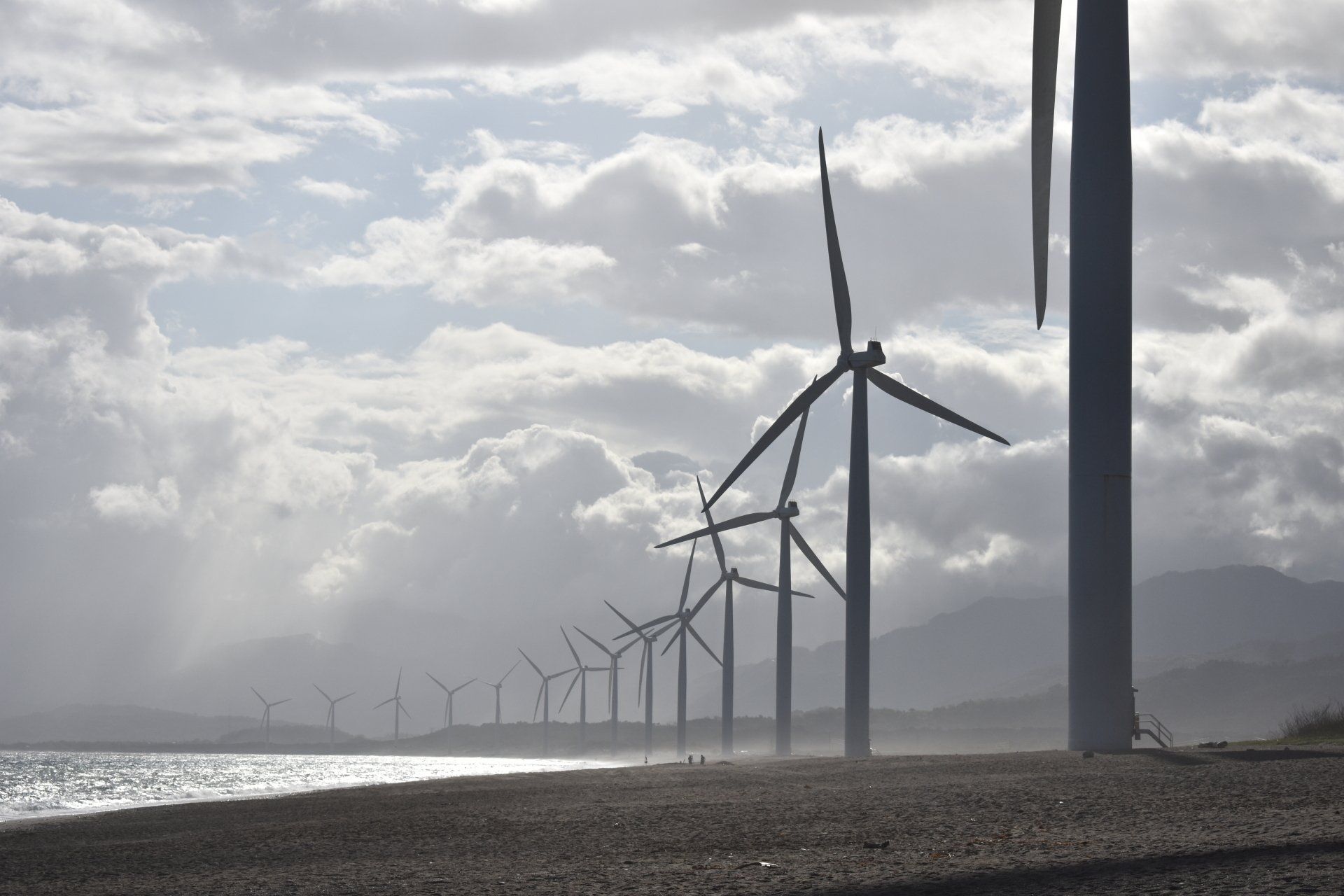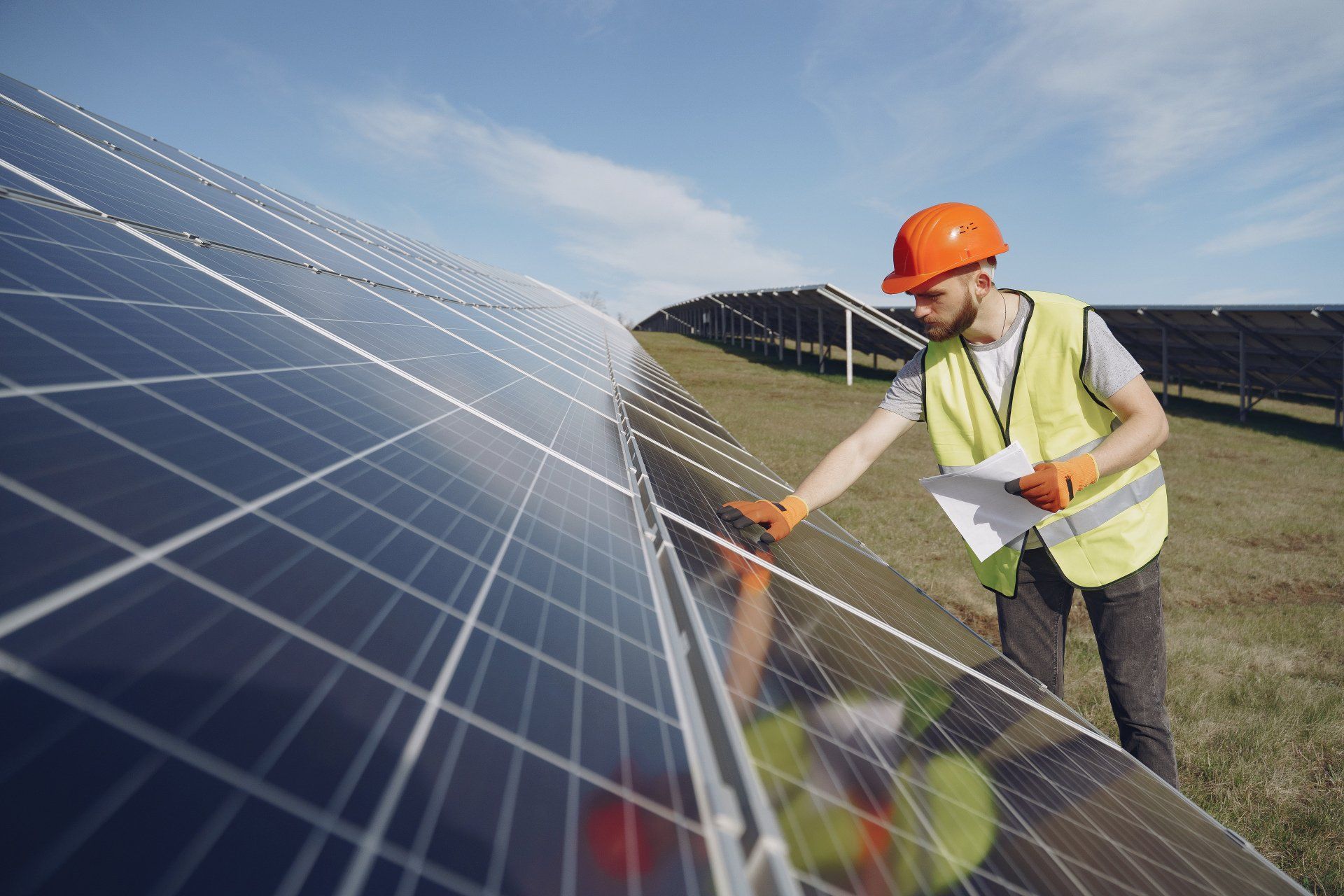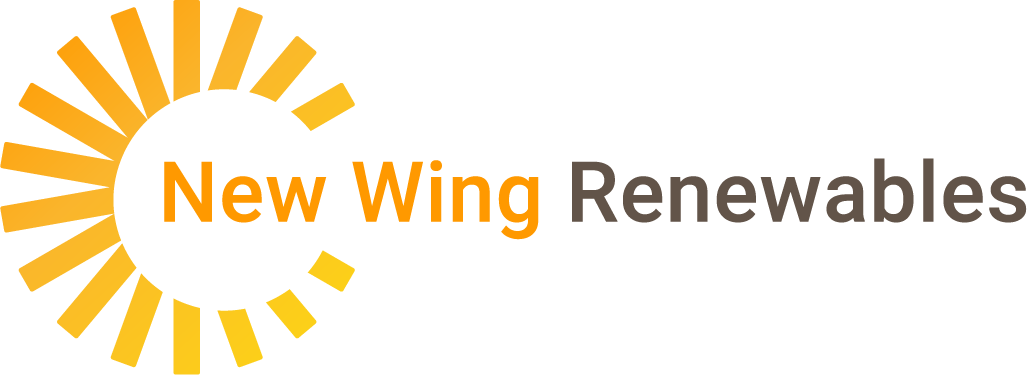Blog

With the increasing number of extreme weather events affecting every corner of the Country, the reliability of the utility grid has become an increasing concern. Whether it is a deep freeze in Texas or a hurricane hitting New York City, power outages worsen the lasting impacts of these extreme events. What can be done to solve this growing problem? One answer is to create a more "distributed" electricity grid. Our current electricity grid consists mainly of larger electricity generation facilities (think of coal plants, nuclear plants, etc...) sending electricity across a vast area of populations. This design means more people relying on a single energy producing facility. When extreme weather affects one of these plants, many people are affected! Now picture an electricity grid that consists of many more smaller, "distributed", energy generation facilities. There can be fields and rooftops covered in solar panels, wind turbines on ridges, and batteries in garages. The population is less reliant on a single power plant, and in many cases are even producing their own electricity from solar on their roof!

As you may know, solar panels produce the same electricity that can be used for homes, buildings, and even to charge electric vehicles! When you are using electricity from solar panels, you are offsetting electricity that would otherwise come from the local utility company. This means you pay the utility company less money! There are also state and federal tax incentives, to help you save more money. Many states and local municipalities are now offering additional grants and incentives for installing solar & batteries. This all means more money back into your pocket! Another popular money-making opportunity is for land-owners to lease their land to a company that wants to install a solar "farm". Leasing land requires ZERO costs from the land-owner, and there is no encumbered responsibility for any aspect of the solar farm. Typically the land lease rate is offered per-acre, and an escalator can also be included. It is important to know the land must be relatively clear and flat, and typically at least 5+ acres in size. Also, most land leases last for a period of 20+ years, so keep in mind your land will not be available for you to use.
